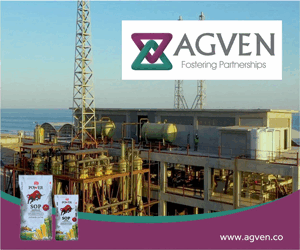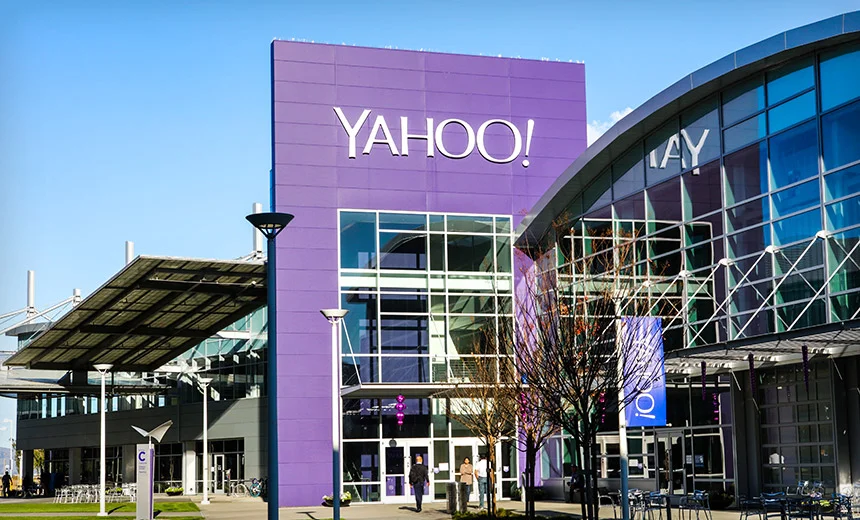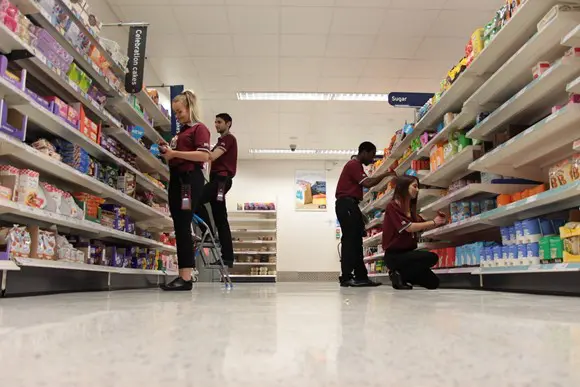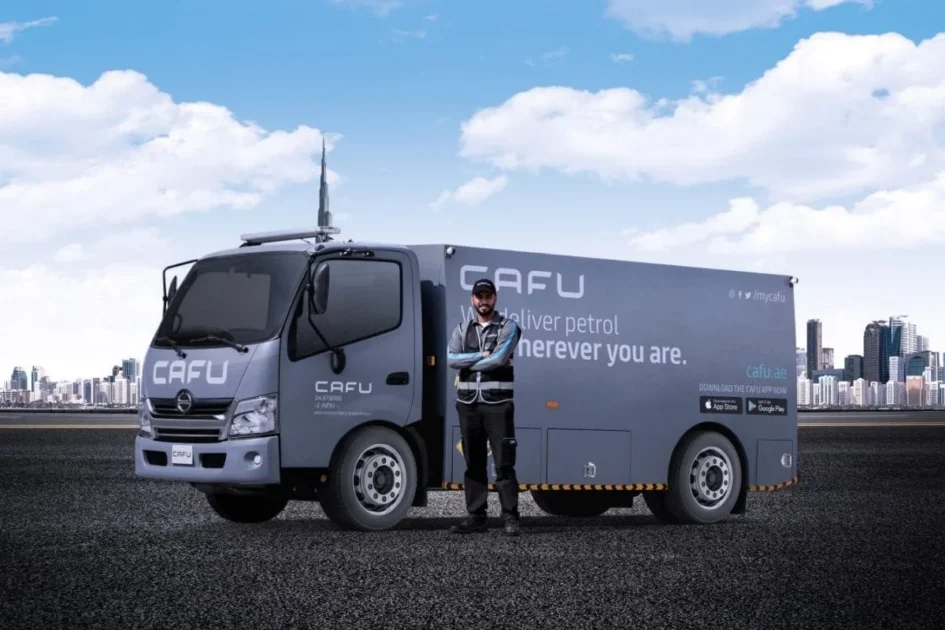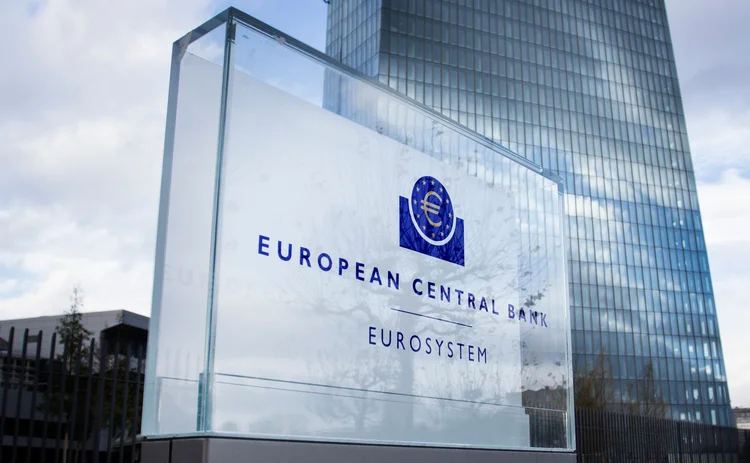- Web Desk Karachi
- 1 Hour ago

Meta unveils project Waterworth, world’s longest undersea cable to connect US, India
-

- Web Desk Karachi
- Feb 18, 2025
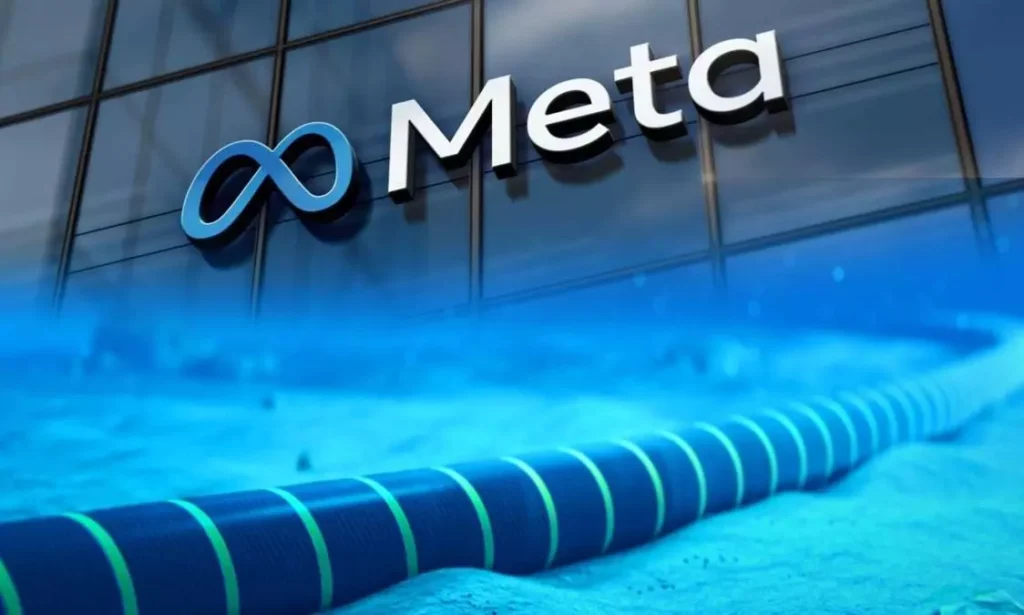
CALIFORNIA: Meta, the parent company of Facebook, Instagram, and WhatsApp, has unveiled plans to construct Project Waterworth, a groundbreaking undersea cable project.
According to the Guardian, this ambitious undertaking will establish the world’s longest underwater cable network, spanning 50,000 kilometers (31,000 miles), a distance exceeding the Earth’s circumference. The cable will connect the United States, India, South Africa, Brazil, and other strategically important regions.
Project Waterworth is designed with advanced technology, incorporating a 24 fiber-pair system. This configuration provides a significantly higher data capacity compared to standard systems that typically utilize 8 to 16 fiber pairs. Meta emphasizes that this enhanced capacity is crucial for supporting its growing artificial intelligence (AI) projects.
In an official blog post, Meta outlined the project’s objectives, stating, “Project Waterworth will bring industry-leading connectivity to the US, India, Brazil, South Africa, and other key regions.
This project will enable greater economic cooperation, facilitate digital inclusion, and open opportunities for technological development in these regions. For example, in India, where we’ve already seen significant growth and investment in digital infrastructure, Waterworth will help accelerate this progress and support the country’s ambitious plans for its digital economy.”
Microsoft, Meta back big AI spending despite DeepSeek’s low costs
Meta highlighted its extensive experience in developing subsea cables, noting, “We’ve driven infrastructure innovation with various partners over the past decade, developing more than 20 subsea cables. This includes multiple deployments of industry-leading subsea cables of 24 fiber pairs – compared to the typical 8 to 16 fibre pairs of other new systems.”
The news piece also draws attention to the vital role undersea cables play in global communication, with the UK relying on approximately 60 such cables to transmit 99% of its external data. Globally, over 95% of internet traffic is conveyed through these underwater networks. This reliance has raised concerns about their vulnerability to attacks, accidental damage, and potential targeting during geopolitical conflicts.
These concerns are highlighted by recent events. NATO initiated a mission in January to enhance surveillance of ships in the Baltic Sea following damage to critical undersea cables the previous year. In the UK, the National Security Strategy parliamentary committee recently issued a call for evidence to assess the nation’s ability to safeguard its undersea cable infrastructure from threats and ensure national resilience against major disruptions.
Furthermore, in 2018, the Trump administration imposed sanctions on a Russian company accused of providing Moscow with “underwater capabilities” for monitoring the network. Recent incidents, such as the disruption of internet connectivity in Tonga due to undersea cable damage in July, underscore the potential impact of such events.
Meta has addressed security concerns by planning to lay the cable system at depths up to 7,000 meters and implementing “enhanced burial techniques in high-risk fault areas, such as shallow waters near the coast, to avoid damage from ship anchors and other hazards.”
